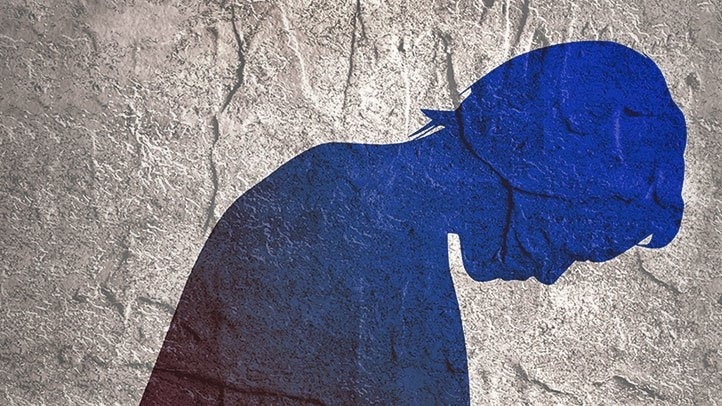Major depression cases in America are climbing rapidly, according to a study of medical claims by the health insurance group, Blue Cross Blue Shield.
The report, titled “Major Depression: The Impact on Overall Health,” found that diagnoses of major depression swelled by 33 percent between 2013 and 2016, based on data from more than 41 million Blue Cross Blue Shield members. The total of commercially insured Americans suffering from major depression has topped 9 million, according to the research. Depression rates were highest among young people, leaping by 63 percent for teens and 47 percent for millennials. (Pew Research defines millennials as individuals born between 1981 and 1996.) The rates were also twice as high among women as men.
“We are concerned that depression rates are continuing to accelerate, and we need to do more work to identify the underlying cause,” says Trent Haywood, MD, senior vice president, and Chief Medical Officer for the Blue Cross Blue Shield Association, a federation of local Blue Cross and Blue Shield companies.
The Connection to Other Health Problems and Costs
The May 10 report also found that people suffering from depression often have other health problems as well. More than 8 out of 10 people who live with major depression deal with one or more serious chronic health issues.
These health problems come at a cost. The study revealed that, on average, a person with major depression spends more than twice as much on healthcare annually as someone without depression ($10,673 versus $4,283 in 2016).
Why Are Young People Hit Hardest?
The soaring depression rates among teens and millennials are especially alarming, according to Dr. Haywood, because the condition could have an impact on their health for decades to come.
Karyn Horowitz, MD, a psychiatrist affiliated with Emma Pendleton Bradley Hospital in Providence, Rhode Island, says that technology may be a contributing factor.
“Increased use of electronics — video games more commonly in boys and social media and texting more commonly in girls — can lead to increased conflict both within the home and with peers,” Dr. Horowitz says. “For some kids, video game use can become an addiction, leading to social isolation, poor school performance, and impaired sleep.”
While the rate of depression diagnoses shot up 47 percent for boys, the rate climbed by 65 percent for girls. The higher depression levels among girls may be linked to a greater risk of cyberbullying on social media, according to Horowitz.
She advises parents and caregivers to be watchful of changes that might indicate that their children are depressed. Warning signs may include shifts in mood (not just sadness but symptoms such as increased irritability), sleep disturbance, changes in eating patterns (too much or too little), decline in academic performance, and social isolation.
New guidelines from the American Academy of Pediatrics recommend annual screenings for depression in all children ages 12 and older.
Are Women More Depressed?
The data found that women are diagnosed with major depression at double the rate of men (6 percent and 3 percent, respectively).
Ted Guastello, a certified addiction treatment counselor and vice president of operations at Newport Academy, a teen mental health facility, speculates that the difference may be, in part, because women are more likely than men to report signs of depression.
“Men may have depression, but it’s often harder for them to give a voice to it, recognize it, and deal with it,” says Guastello. “There may be many more men out there who are depressed, but they don’t report it.”
How Depressed Are People Where You Live?
The Blue Cross Blue Shield data indicates that depression rates vary widely from state to state.
Utah, Minnesota, Rhode Island, and Maine had the highest rates of major depression diagnosis at about 6 percent, while Hawaii had the lowest at 2 percent.
What’s behind these differences is unclear. Haywood says, “It could be that some of the higher rates of depression in states are due to higher reporting requirements, or it could be there are fundamental differences within these communities. We need to further explore.”
A Silver Lining?
Guastello suggests that higher depression numbers may indicate that more people are recognizing the need to seek assistance.
“Does this study show that we are more depressed as a culture, or is some of the stigma surrounding mental health starting to be peeled back and more people are getting help?” he says. “No matter what, people need to know that mental health needs to be a priority and there is help available.”
“The good news on all this, from my perspective, is that depression is manageable and treatable,” says Haywood. “If we can take intervention now, we should see the depression rate plateau and start to decelerate in a few years.”
Written by Don Rauf
Originally in Everyday Health.

